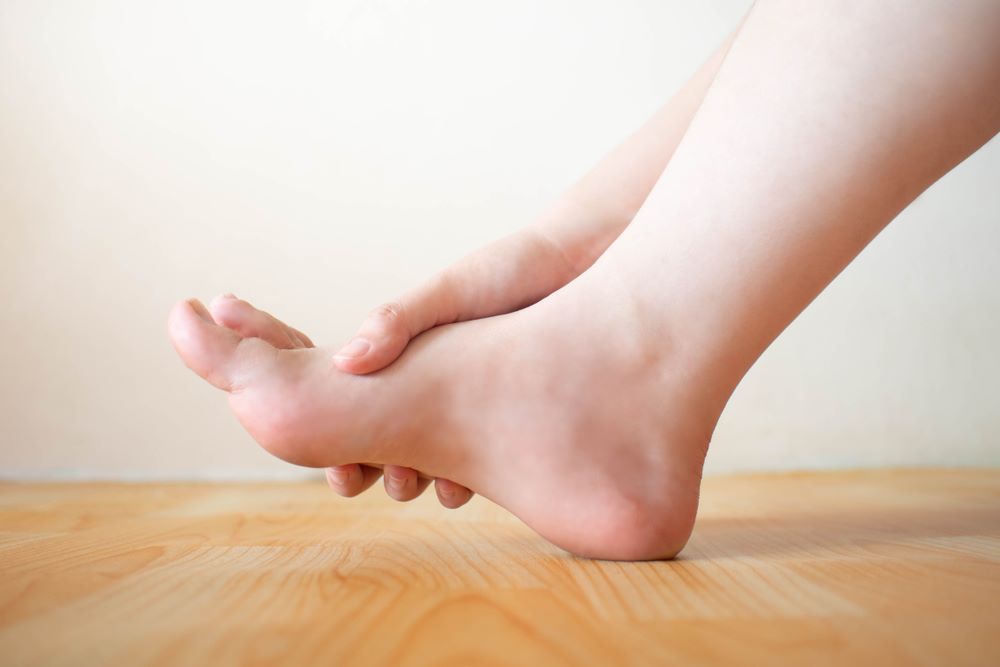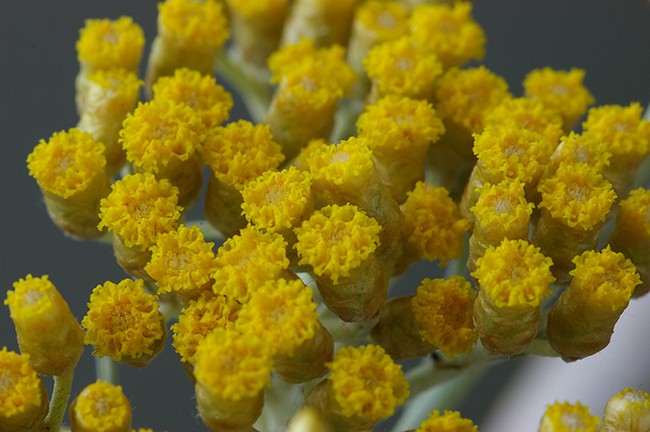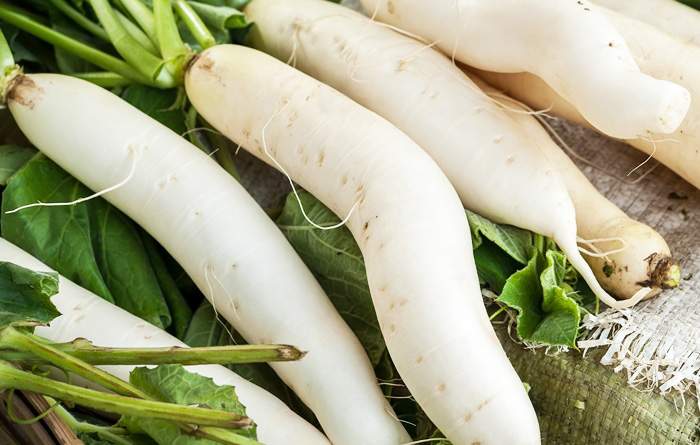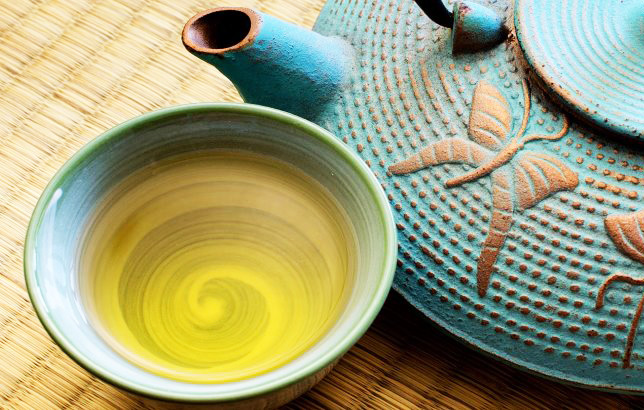Cudweed is one of the herbs people use today. It is also a common name used for numerous plants from the Asteraceae family, such as Gamochaeta, Gnaphalium, Filago, Pseudognaphalium Euchiton, and Helichrysum. As an herb, cudweed has the following health benefits.
General Nutrients
Cudweed is rich in vitamins. According to Garden Pharmacy, the herb contains vitamins B, C, and K. vitamin B promotes brain functions, which include learning, thinking, memory, and sensation. On the other hand, vitamin C is responsible for boosting the body’s resistance against sickness and infection. It also promotes the function of collagen, which acts as cement and helps connect loosely bound cells and tissues. Meanwhile, vitamin K assists in blood clotting, preventing blood loss.
Cudweed and Cardiovascular Health
Cudweed helps promote the health of the heart and the blood vessels. According to Health Benefits, this is possible, since the herb has both vasodilating and hypotensive properties. This means cudweed helps prevent hypertension, which also reduces a person’s risk of developing heart diseases like coronary artery disease and stroke. Also, cudweed maintains a smooth cardiac rhythm.
Cudweed as Anti-Infective
Cudweed also prevents infection. According to Great Home Remedies, Gnaphalium, one of the cudweed herbs, has antiseptic, astringent, and anti-inflammatory properties. As per the publication, gnaphalium oil extracts are also utilized to treat respiratory catarrh, tonsillitis, and laryngitis.
Recipe
Cudweed can be added to various meal recipes like Jersey Cudweed Glutinous Rice Balls. As per Miamivores, the ingredients include 100g cudweed or spinach, 200g glutinous rice flour, 100ml water, 400g glutinous rice, 100g pork belly, 200g hulled mung bean, and 10 salted egg yolk.
To prepare, as per the publication, the glutinous rice and mung bean are rinsed and soak overnight, for eight hours. Next, the water is poured out and the rice and beans are allowed to dry. Then, one-fourth teaspoon of salt is added. After that, the mung bean is steamed until soft. Meanwhile, the pork belly is rinsed and boiled; the water that is used to boil is seasoned with a pinch of salt and pepper. Then, the cudweed is prepared. People can use the frozen type, which has been chopped, for it to be boiled with 100ml of water. The herb is boiled in 100ml water until it becomes soft. The herb preparation is put back on the stove until it boils and is the n added to the glutinous rice flour. Next, the herb mixture and flour are kneaded to a soft ball that does not stick to the fingers. The dough is covered with towel while the rest of the ingredients is prepared. Once done, the mung bean is blended in a blended or mashed with a spoon. Then, it is seasoned with two teaspoons of pepper and two teaspoons of broth used o boil the pork. The pork belly is dices and is mixed with the mung bean.
In shaping the rice balls, the mung bean is divided into ten equal parts. One part is taken and the egg yolk is put in the middle, forming it into a ball. Next, the glutinous rice dough is divided into ten equal parts; one part is taken, formed into a ball, and is then flattened. It is filled with the mixture in the middle and the edges are folded upward and are pressed together. It is rolled with the fingers to become smooth and round. Next, the cudweed balls are put in glutinous rice, coating them with thin layer. The spinach balls are also put in the steamer and the rest of the glutinous rice are poured in the space between the balls and is steamed for 30 minutes. The glutinous rice and the cudweed balls cook at the same time.
Cudweed is one of the healthy herbs people have today. Its addition to various meal recipes helps promote a person’s health and well-being.
Source: aromaticstudies.com








